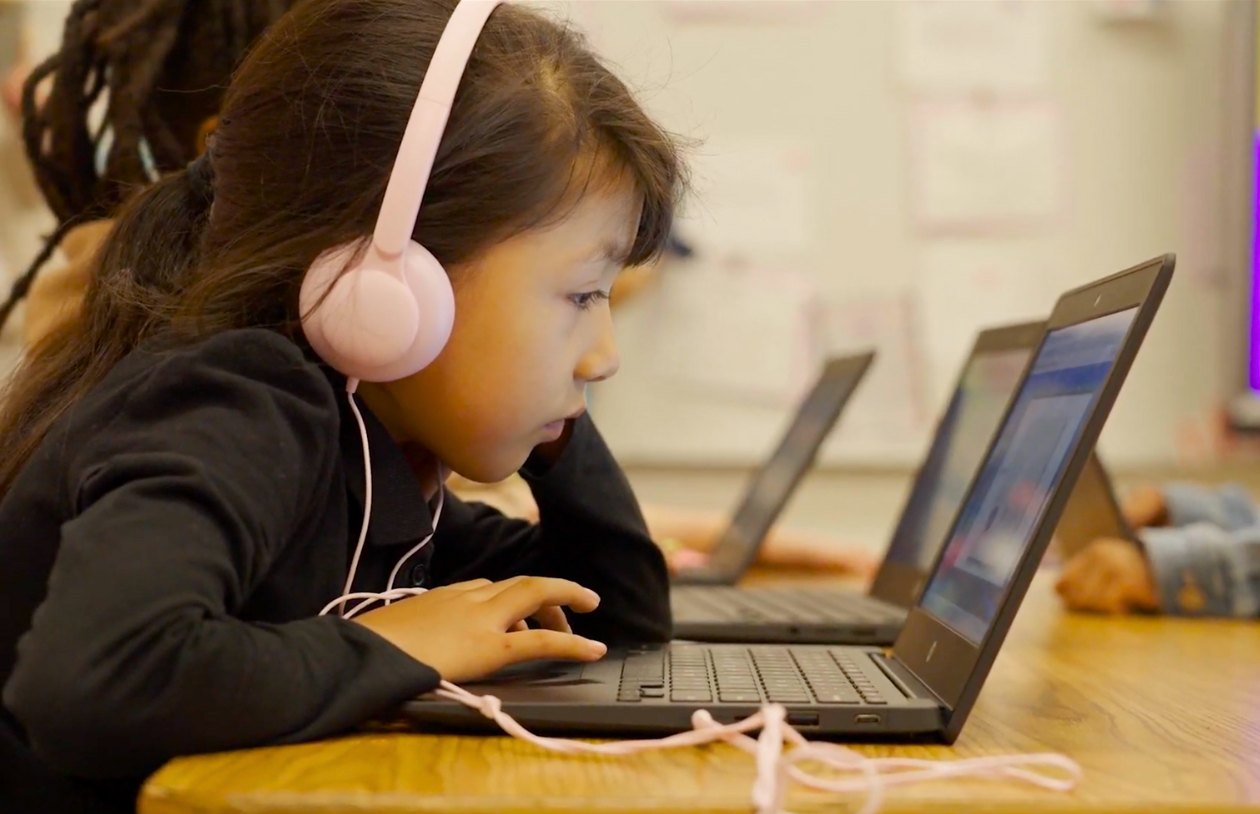How Digital Progress Monitoring Can Simplify Your Assessment Process

3 Ways Digital Progress Monitoring Simplifies the Assessment Process
Progress monitoring assessments are increasingly important to district administrators, teachers, and students’ families. They allow a more frequent look at what’s happening with students’ learning.
With fast, reliable results, digital progress monitoring tools provide assessment data that can be used in a number of ways:
- help districts make important decisions that will meet the needs of their learners;
- help determine a student’s education plan at the school level; and
- direct teachers where to focus their classroom instructional interventions.
How to Simplify Your Assessment Process
Whether you are happy with your current progress monitoring process or are considering a digital progress monitoring tool for the first time, there are several things to consider. Make sure your tool meets all of your district or school’s needs by comparing it to the list below.
1. Collects useful student assessment data
A progress monitoring tool should provide instant assessment data to view immediately. This is an effective way for educators to keep up with what students know. Using a digital tool allows teachers to assess an entire classroom at once. Data is instantly available after an assessment is given.
More frequent progress monitoring shows teachers where students are progressing and who needs more time to work on certain skills. Learn about five ways to utilize assessment data provided by your progress monitoring tool.
2. Improves instructional strategies and enhances student interventions
Educators face many challenges in the classroom, including:
- finding time to make effective reading groups;
- coming up with effective lessons within the groups; and
- establishing student goals.
A digital progress monitoring tool will group students by skill level, saving teachers the time it takes to create them manually. The tool should also provide additional support in the form of ready-to-use lessons and activities.
Deborah Gregory, bilingual reading specialist from Eagle County Schools in Colorado, helped her district decide on a district-wide digital progress monitoring tool, Istation. This tool had the capacity to group students by levels and provide materials needed for instructional interventions. This allowed teachers at Eagle County Schools to spend more time instructing their classes and less time delivering actual assessments.
“One-on-one assessments with students took up two or three days per week during students’ small groups,” Gregory said. “We didn’t have enough time to actually administer instruction. With Istation you can assess students all together at the same time.”
3. Tracks effectiveness of classroom instruction and intervention
Choose a progress monitoring tool that digitally tracks the effectiveness of your student interventions with real-time diagnostic reports and trend lines. This way documentation is at your fingertips.
Digital platforms simplify tracking students’ progress throughout the year. They may even allow for a look into prior years as well as month to month. Data reports from assessments are useful during administration meetings to discuss where improvements need to take place as well as gains to be celebrated.
Data reports can also aid in guiding the conversation when communicating during parent-teacher conferences. Micah Copeland, principal of the North Carolina Cyber Academy elementary school, finds it helpful to share progress monitoring data with students’ families.
“Our parents and families have seen the value of all the data that Istation provides, because they are able to log in and access the platform,” Copeland said. “That is empowering for them, and it also increases the motivation and engagement of students and parents.”
Allow your digital progress monitoring tool to help you simplify the assessment process. Saving time on the process frees up educators to spend more time planning and delivering student interventions and instruction.
Considering moving towards a technology-based approach to progress monitoring? Download Istation’s free e-book Making the Switch to Digital for strategies and more.
Read more from the AI & The Reading Brain Blog


.avif)
